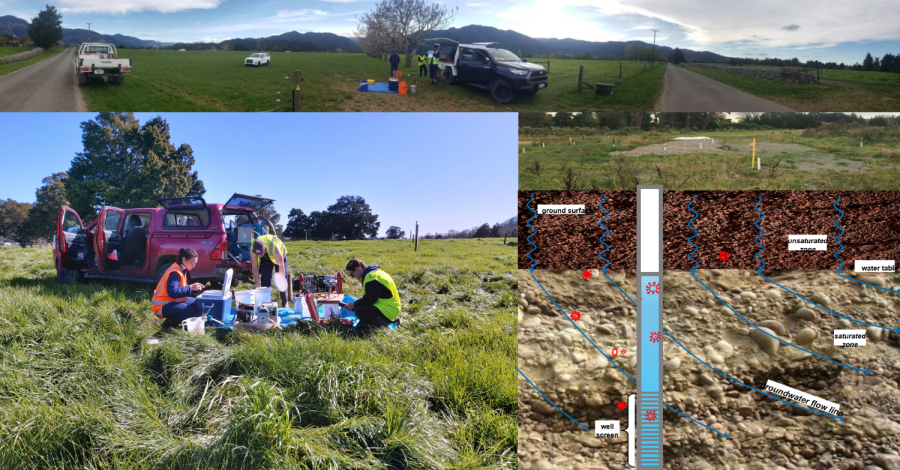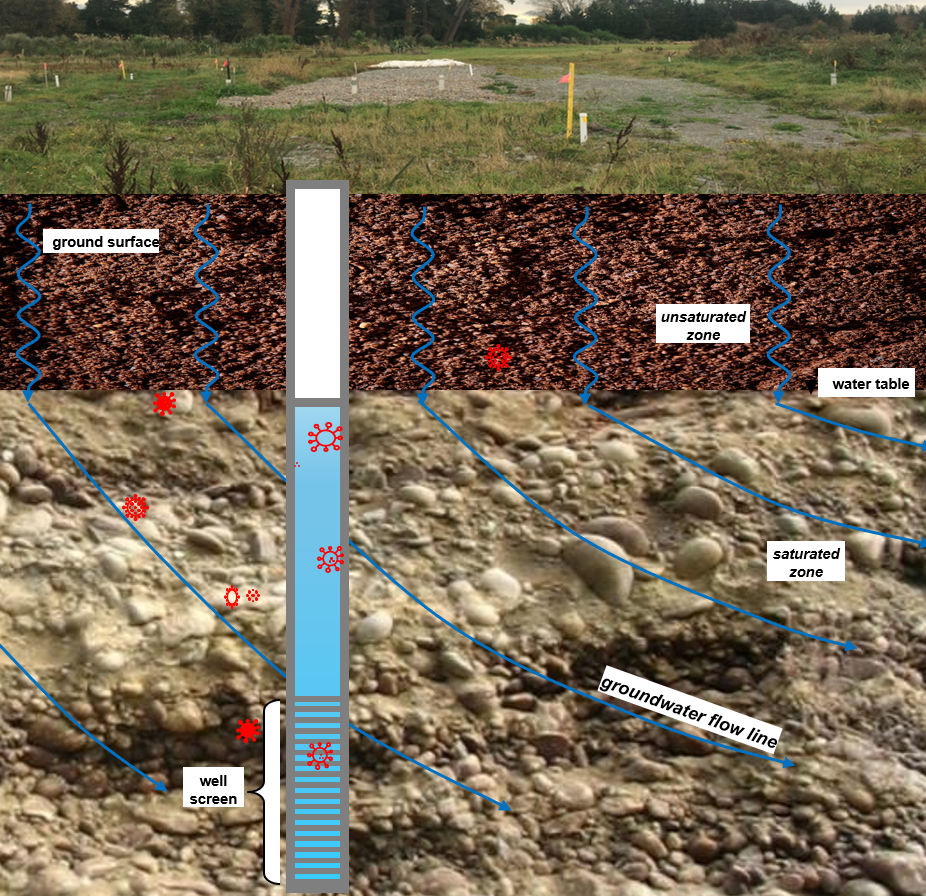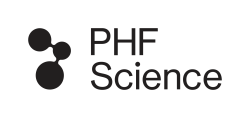Approximately 40% of Aotearoa’s population relies on groundwater for drinking water supplies, and in rural areas, many New Zealanders rely on private supply bores, which are often untreated and unmonitored. Yet, in Aotearoa, territorial authorities have relied upon arbitrary setback distances of 20-100 m from wells or streams and a vertical separation distance of 1-2m above the water table for on-farm burials, regardless of the type of subsurface media and the number of animals being buried. Mobilisation risk for pathogens will be greater during emergency culling of livestock, such as the current response to the HPAI outbreak in December 2024, creating significant risks for human and animal health from consumption of contaminated water. In this project we will collect data from HPAI sites in Southland, which will be used to simulate the transport of pathogens in the subsurface environment and to quantify the risk to receiving waters. Our project will develop guidelines for emergency response plans for disease outbreaks and livestock burial, thus minimising risks to drinking water and human health.
>> PROJECT STARTED - 1st February 2025





